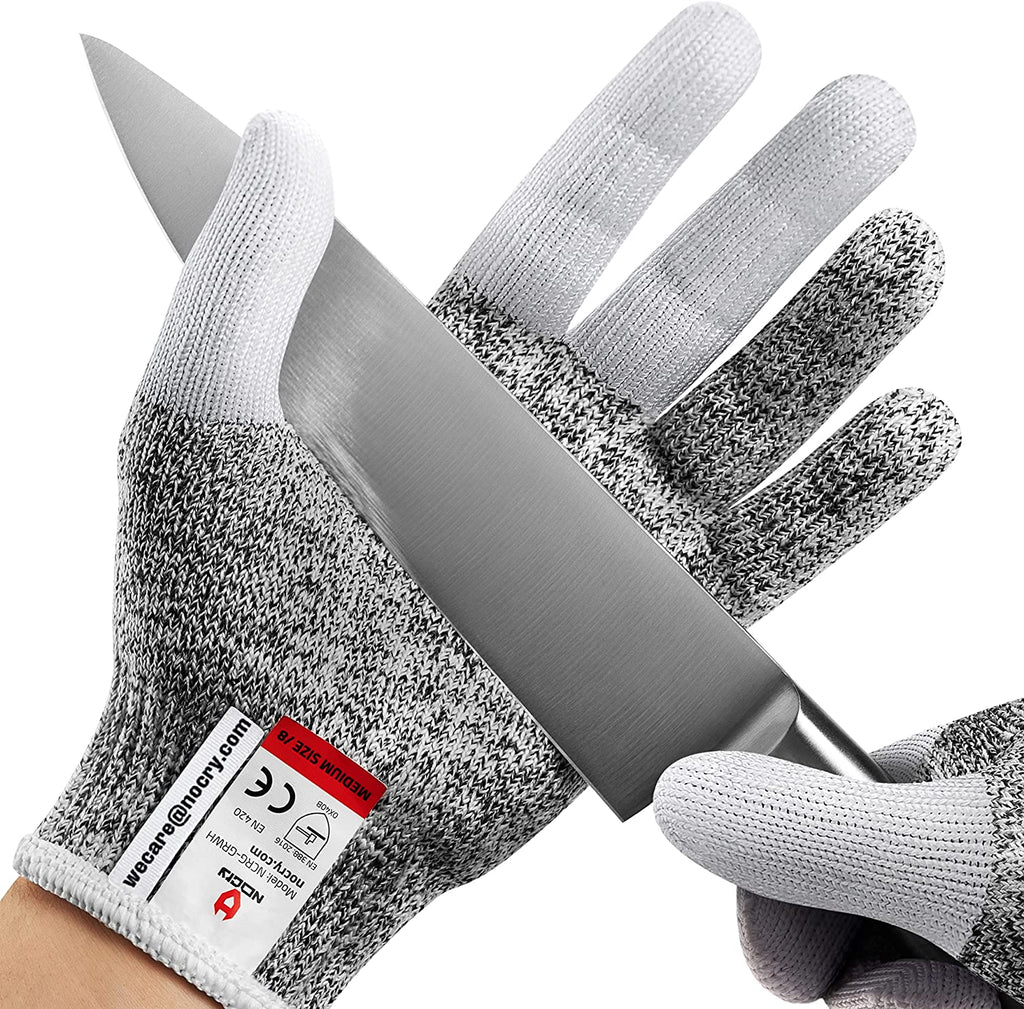Restoring an old knife blade is an art that demands patience, precision, and the right know-how. Whether you're a kitchen professional, a home cook, or simply someone who values well-kept tools, learning how to restore an old knife blade is incredibly useful. Let's dive deep into the process and uncover the secrets to revitalizing your old knives.

Why Restoring Your Knives is Essential
Why bother restoring an old knife blade? A well-maintained knife boosts your kitchen efficiency and minimizes the risk of accidents due to dull edges. Plus, restoring old knives rather than purchasing new ones is cost-effective and eco-friendly.

What Youll Need
- Whetstones or knife sharpening kit
- Grinding wheel (optional)
- Lubricant (like honing oil)
- Soft cloth
- Protective gloves
Choosing the Right Whetstone
The cornerstone of knife restoration is a good whetstone. Available in various grits, whetstones provide the abrasive surface necessary for sharpening. For heavily damaged and chipped blades, start with a coarse grit (200-600) and finish with a finer grit (1000-3000) for polishing.
Sharpening Your Knife
Once you have selected the appropriate whetstone, follow these steps to sharpen your knife:
- Soak the whetstone in water for around 10-15 minutes.
- Position the knife at a 15-20 degree angle against the stone.
- Apply even pressure as you slide the blade across the stone in a forward motion.
- Repeat on both sides until a burr forms.
- Switch to a finer grit stone for polishing.

Tackling Rust and Stubborn Stains
Old knives often suffer from rust and tough stains. Follow these steps to deal with them:
- Baking Soda and Water: Create a paste of baking soda and water, apply it to the rusted areas, and gently scrub with a soft cloth.
- Vinegar Soak: For tougher rust, soak the blade in white vinegar for about 30 minutes, then scrub.
Finishing Touches
After sharpening and cleaning, add these finishing touches to complete your knife restoration:
Honing
Use a honing rod to align the knifes edge one final time for that razor-sharp finish.
Lubrication
Apply a thin layer of lubricant, like mineral oil, to prevent future rust and maintain the blades sharpness.
Maintenance Tips
To keep your knife in top shape, consider these maintenance tips:
- Always clean and dry your knife immediately after use.
- Store in a dry place, preferably in a knife block or on a magnetic strip.
- Use a cutting board to avoid damaging the blade.
- Regularly hone your knife to keep its edge sharp.
Additional Resources
For more detailed knife care tips, check out our guides on Mastering Knife Sharpening, Cangshan Sharpener Guide, and Henckels Knife Set.
For additional tips on proper knife etiquette, visit this guide.
FAQs
Can you restore a completely chipped knife?
Yes, but it requires more effort and possibly professional help.
What's the difference between honing and sharpening?
Honing realigns the knife's edge, while sharpening removes material to create a new edge.
How often should I sharpen my knife?
It depends on usage, but generally every 3-6 months.
As an Amazon Associate, I earn from qualifying purchases.


























